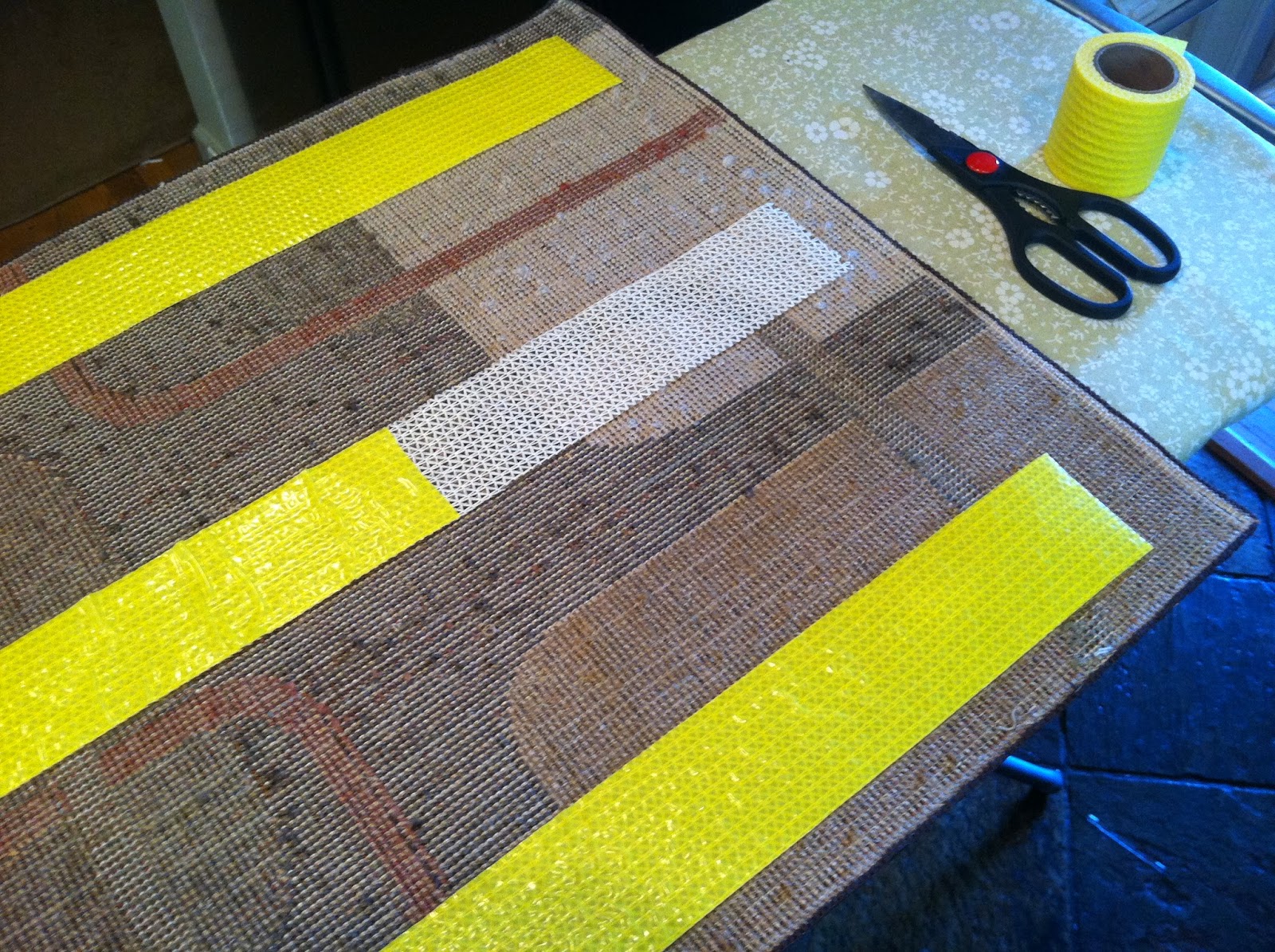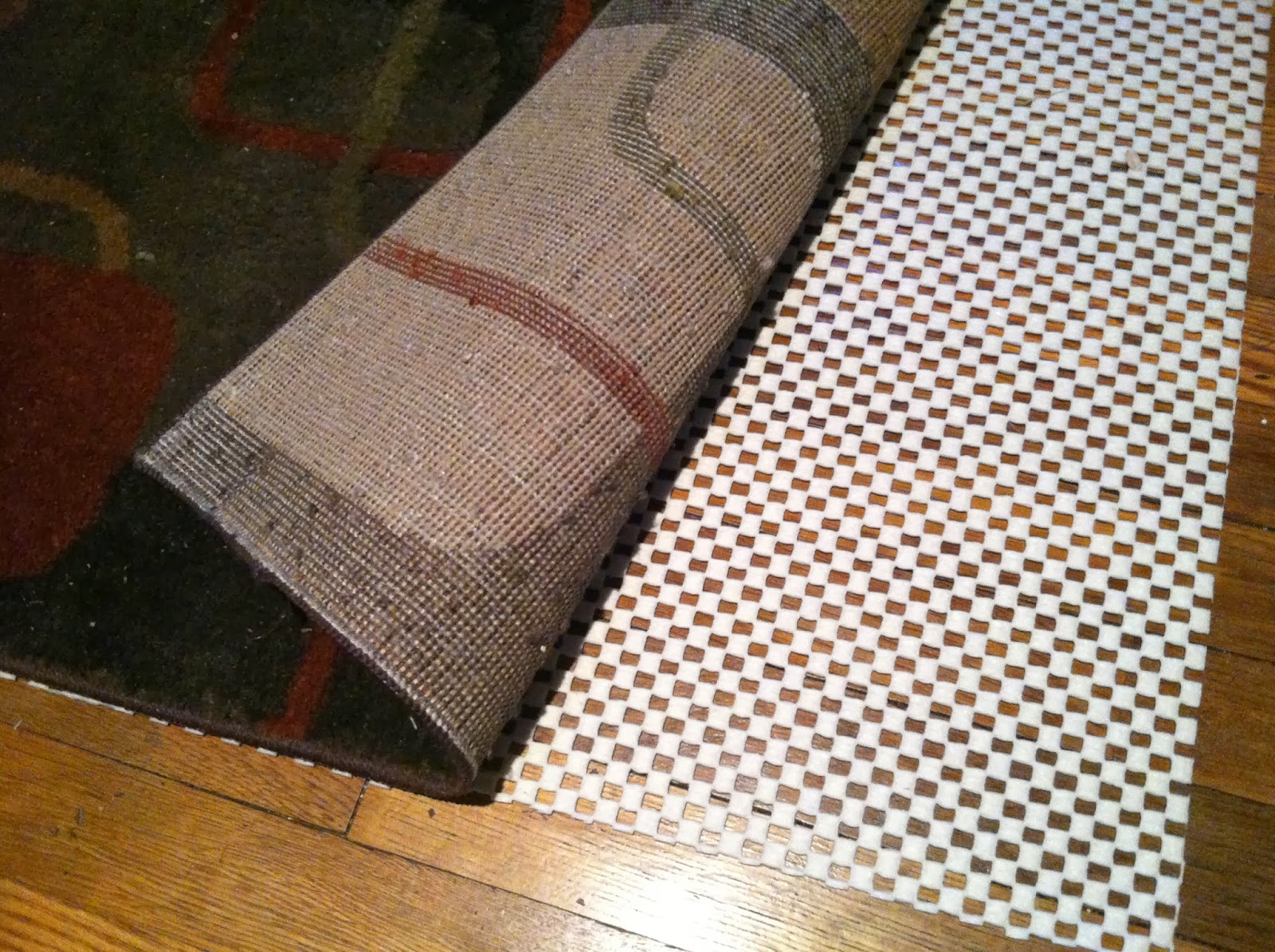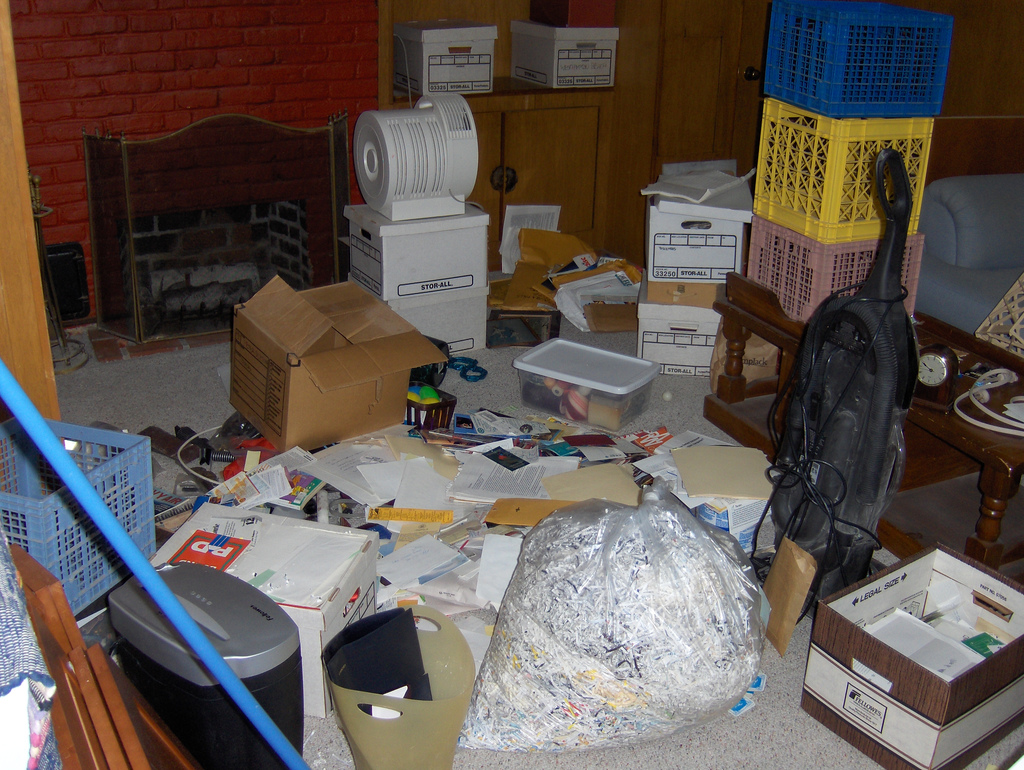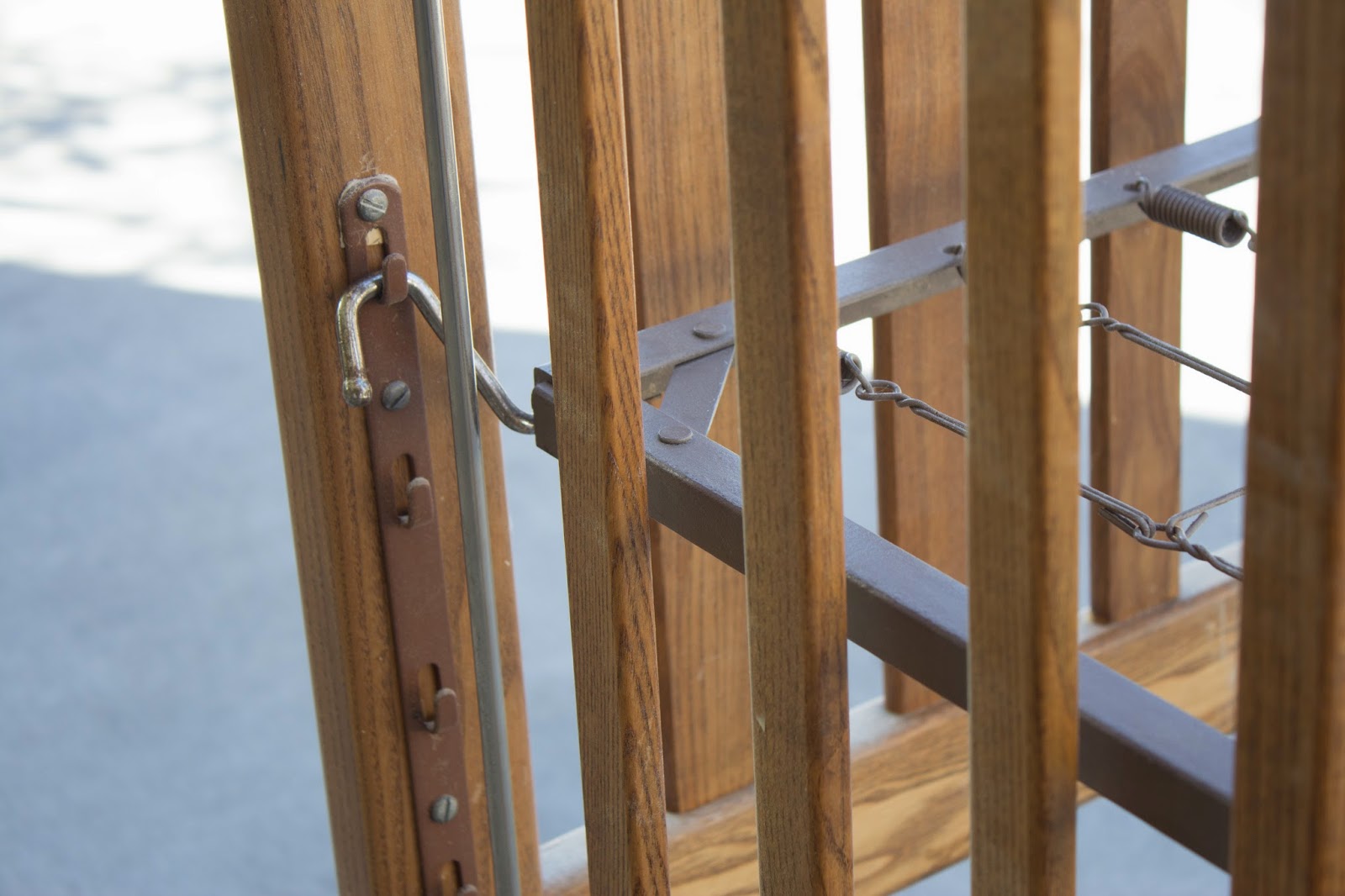When designing your living room, it's important to consider the placement of your furniture. Proper furniture placement can prevent accidents and create a more functional space. Avoid placing large pieces of furniture in high traffic areas, as this can create obstacles and increase the risk of falls. Instead, opt for a layout that allows for easy movement and clear pathways. Additionally, make sure that furniture is not blocking any doorways or windows, which could hinder escape routes in case of an emergency. Furniture placement
Electrical cords are a common hazard in the living room. Exposed cords can pose a tripping hazard and increase the risk of electrical fires. To prevent accidents, make sure that all cords are properly secured and out of the way. Invest in cord covers or tape to keep cords neat and organized. If you have young children or pets, consider using cord shorteners or hiding cords behind furniture to prevent them from being pulled on or chewed. Electrical cords
Rugs can add warmth and style to a living room, but they can also be a hazard if not properly secured. Slippery rugs can cause trips and falls, especially for older adults or those with mobility issues. To prevent accidents, use rug grips or double-sided tape to keep rugs in place. Additionally, consider removing rugs altogether or opting for low-pile rugs that are less likely to cause slips. Slippery rugs
Many living room furniture pieces, such as coffee tables and entertainment centers, have sharp corners that can pose a danger to children and adults alike. To prevent injuries, consider investing in corner guards or choosing furniture with rounded edges. For existing furniture, you can also cover sharp corners with foam or padding. Additionally, make sure to remove any sharp objects from reach, such as decorative items or picture frames. Sharp corners
Bookshelves are a common feature in living rooms, but they can also be a hazard if not properly secured. Unsecured bookshelves can tip over and cause serious injuries to children and adults. To prevent accidents, make sure that bookshelves are anchored to the wall. You can also distribute weight evenly by placing heavier items on the bottom shelves and lighter items on the top. Regularly check the stability of your bookshelves and tighten any loose screws or brackets. Unsecured bookshelves
Loose or wrinkled carpeting is not only unsightly, but it can also be a safety hazard. Trips and falls are common with loose carpeting, especially for older adults or those with mobility issues. To prevent accidents, make sure to regularly vacuum and clean your carpets to keep them flat and secure. If you notice any wrinkles or loose areas, use carpet tape or call a professional to fix the issue. Loose carpeting
Unstable furniture, such as wobbly chairs or tables, can easily tip over and cause injuries. Make sure to regularly check the stability of your furniture and tighten any loose screws or bolts. If furniture is too unstable, consider replacing it with sturdier pieces or using furniture straps to secure it to the wall. Additionally, avoid placing heavy items on top of unstable furniture, as this can increase the risk of tipping. Unstable furniture
Exposed outlets can be a hazard in the living room, especially for young children. Make sure to cover all outlets with outlet covers or use childproof outlet covers to prevent accidents. If you have multiple devices plugged in, use a surge protector to avoid overloading the outlet. Regularly check outlets for any signs of wear or damage and have them replaced if necessary. Exposed outlets
Cluttered pathways can make it difficult to move around and increase the risk of falls. Make sure to regularly declutter your living room and keep pathways clear. Find designated spots for items such as toys, books, and remote controls to avoid them being left on the floor. Additionally, avoid placing furniture or other items in pathways, as this can create obstacles and increase the risk of accidents. Cluttered pathways
Unanchored TVs can be a major safety hazard, especially for households with young children. Make sure to properly secure your TV to the wall or use a TV stand with a safety strap. Avoid placing heavy objects on top of the TV that could cause it to tip over. If you have a wall-mounted TV, make sure that the mount is properly installed and can support the weight of the TV. Regularly check the stability of the TV and tighten any loose screws or bolts. Unanchored TV
Preventing Hazards in the Living Room: A Guide to Safe House Design

The Importance of Designing a Safe Living Room
 When it comes to house design, the living room is often considered the heart of a home. It is the space where families gather to spend quality time together, and where guests are entertained. However, amidst the hustle and bustle of daily life, it is easy to overlook potential hazards that can lurk in this space. From sharp edges to dangerous cords, the living room can pose serious risks, especially for young children and older adults. As a homeowner, it is important to prioritize safety in your house design, particularly in the living room where accidents can easily occur. Let's explore some common hazards in the living room and how they can be prevented.
When it comes to house design, the living room is often considered the heart of a home. It is the space where families gather to spend quality time together, and where guests are entertained. However, amidst the hustle and bustle of daily life, it is easy to overlook potential hazards that can lurk in this space. From sharp edges to dangerous cords, the living room can pose serious risks, especially for young children and older adults. As a homeowner, it is important to prioritize safety in your house design, particularly in the living room where accidents can easily occur. Let's explore some common hazards in the living room and how they can be prevented.
The Hazards to Look Out For
 Furniture Placement:
One of the most common hazards in the living room is improperly placed furniture. It may seem harmless to have a coffee table in the middle of the room or a TV stand near the couch, but these can actually be dangerous obstacles. Children and older adults are especially prone to tripping and falling, which can result in serious injuries. It is important to ensure that furniture is arranged in a way that allows for easy movement and clear pathways.
Sharp Edges:
Another hazard to be aware of is sharp edges on furniture. Coffee tables, TV stands, and bookshelves can all have sharp corners that can cause cuts and bruises. To prevent accidents, consider investing in furniture with rounded edges or using corner guards to cover sharp corners.
Cords and Wires:
In today's digital age, it is common to have multiple cords and wires in the living room for electronics such as TVs, gaming consoles, and speakers. These cords can easily become tripping hazards, especially for children and older adults. To minimize the risk, use cord organizers and keep them out of reach of little hands.
Furniture Placement:
One of the most common hazards in the living room is improperly placed furniture. It may seem harmless to have a coffee table in the middle of the room or a TV stand near the couch, but these can actually be dangerous obstacles. Children and older adults are especially prone to tripping and falling, which can result in serious injuries. It is important to ensure that furniture is arranged in a way that allows for easy movement and clear pathways.
Sharp Edges:
Another hazard to be aware of is sharp edges on furniture. Coffee tables, TV stands, and bookshelves can all have sharp corners that can cause cuts and bruises. To prevent accidents, consider investing in furniture with rounded edges or using corner guards to cover sharp corners.
Cords and Wires:
In today's digital age, it is common to have multiple cords and wires in the living room for electronics such as TVs, gaming consoles, and speakers. These cords can easily become tripping hazards, especially for children and older adults. To minimize the risk, use cord organizers and keep them out of reach of little hands.
Creating a Safe Living Room Design
 Now that we've identified some potential hazards, let's discuss ways to create a safe living room design.
Choose Safe Furniture:
When selecting furniture for your living room, consider the safety features. Look for rounded edges and sturdy construction. Avoid furniture with sharp corners or flimsy materials.
Keep Walkways Clear:
As mentioned earlier, keeping furniture arranged in a way that allows for clear pathways is crucial for preventing accidents. Be sure to leave enough space for people to move around comfortably without any obstacles.
Secure Loose Items:
Loose items such as rugs, small decor, and toys can also pose a tripping hazard. Make sure to secure these items or remove them from the living room altogether.
Now that we've identified some potential hazards, let's discuss ways to create a safe living room design.
Choose Safe Furniture:
When selecting furniture for your living room, consider the safety features. Look for rounded edges and sturdy construction. Avoid furniture with sharp corners or flimsy materials.
Keep Walkways Clear:
As mentioned earlier, keeping furniture arranged in a way that allows for clear pathways is crucial for preventing accidents. Be sure to leave enough space for people to move around comfortably without any obstacles.
Secure Loose Items:
Loose items such as rugs, small decor, and toys can also pose a tripping hazard. Make sure to secure these items or remove them from the living room altogether.
In Conclusion
 In conclusion, the living room is a space where safety should not be compromised. By being aware of potential hazards and taking steps to prevent them, you can create a safe and enjoyable living room for you and your family. Remember to prioritize safety in your house design, and always be mindful of any potential hazards that may arise.
In conclusion, the living room is a space where safety should not be compromised. By being aware of potential hazards and taking steps to prevent them, you can create a safe and enjoyable living room for you and your family. Remember to prioritize safety in your house design, and always be mindful of any potential hazards that may arise.




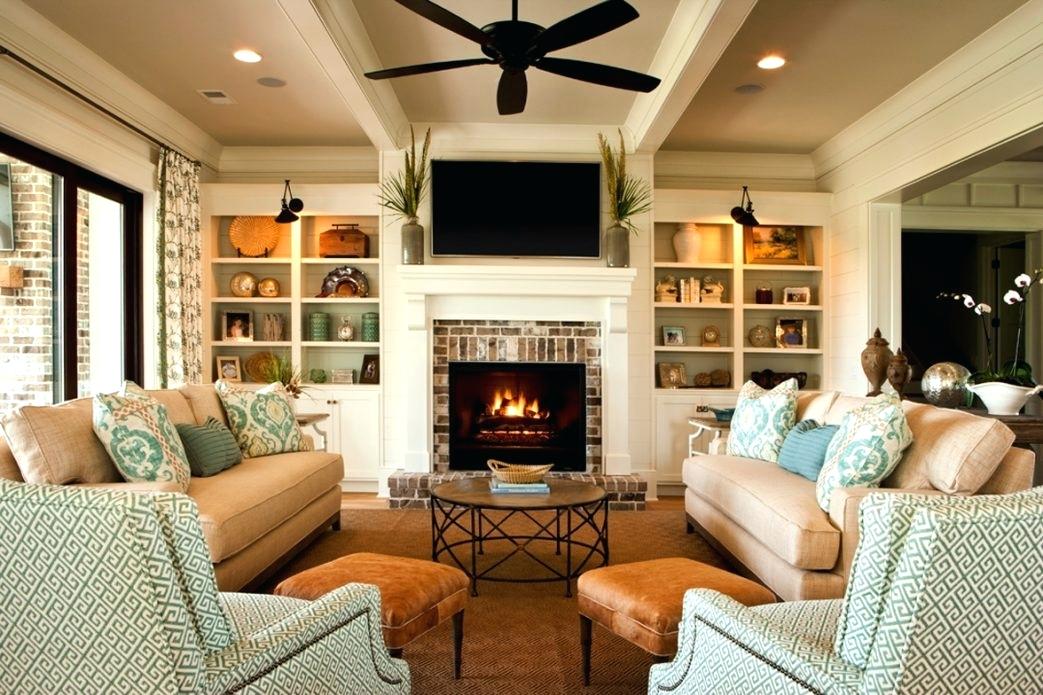








/185115457-56a4a2b15f9b58b7d0d7ef6d.jpg)














